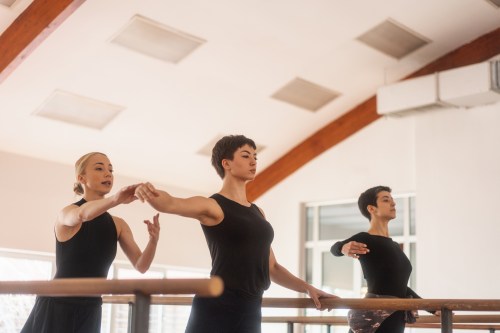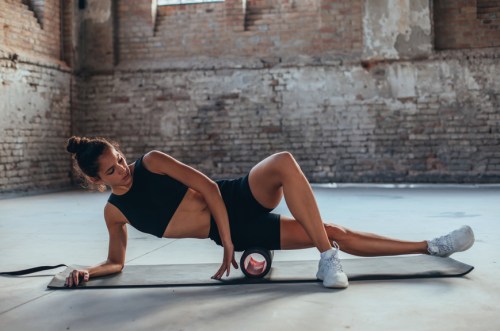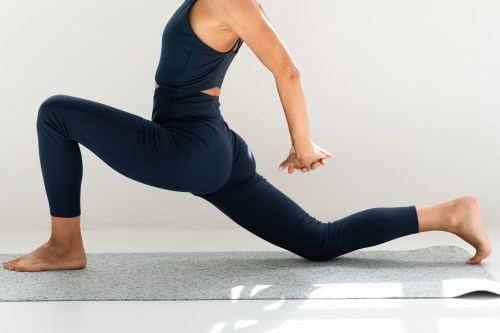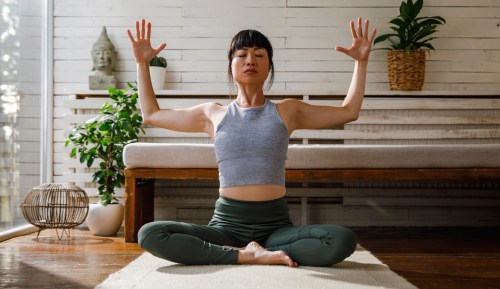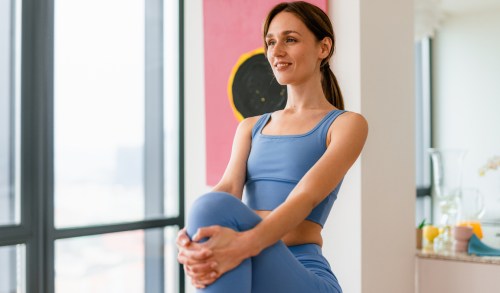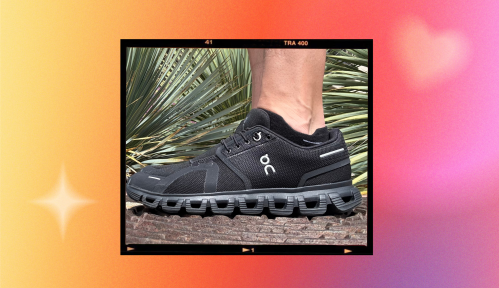Beyoncé is back in formation (the spin bike studio kind, at least). Six weeks ago, Beyoncé gave birth to twins Rumi and Sir. Now, she has reportedly made her triumphant return to group fitness classes (with Jay-Z in tow). According to E! News, the duo has been spotted working up a sweat together at Angela Davis’ classes in Santa Monica.
Sources say they snuck in once the class had started and lights were dimmed and bolted before the class officially let out.
A handful of anonymous sources tell E! that Beyoncé was “totally into the music and bopping her head and grooving along,” and that she “was able to last through the class and [use] the weights without a problem.” No word on whether Jay and Bey snagged front row spots or preferred incognito sidebar bikes, but sources did say they snuck in once the class had started and lights were dimmed and bolted before the class officially let out. (Hey, don’t forget to #stayforthestretch!)
If you’re thinking, “Ow,” or, “Already?” or, “Should I be working out six weeks after giving birth?”…don’t. Each woman’s post-pregnancy journey is different. (And don’t forget, Beyoncé was a regular at SoulCycle throughout her pregnancy, so jumping back on the bike may feel like second nature.)
“While the ‘rule’ has always been no exercise for six weeks post-delivery, it’s certainly not written in stone,” say Jaime Knopman, MD, and Sheeva Talebian, MD, co-founders of Truly MD. “Bodies heal at different rates, and you want to do what’s right for yours. While you don’t want to engage in any activities that could increase your risk of injury, there are many activities that can be done safely. Discuss it with your doctor and come up with a plan that works for you.”
For both Knopman and Talebian, that meant getting back on the spin bike at four weeks. “Exercise in the postpartum period can not only help your body return to baseline, but also your mind,” they say. “The postpartum period can be a challenging one, both physically and mentally, and the endorphins released during exercise can help.” Knopman and Talebian note that women who have vaginal deliveries tend to heal faster than those who have a C-section.
In other words, whether you tap it back after baby or not, it’s all about doing what makes your body (and mind) feel great. So if you see Queen Bey on the bike next to yours, send her some happy new-mama vibes.
Have a Sir or Rumi of your own on the way? Here’s what you should know about working out while pregnant. And here’s the smoothie pregnant celebs are obsessed with.
Sign Up for Our Daily Newsletter
Get all the latest in wellness, trends, food, fitness, beauty, and more delivered right to your inbox.
Got it, you've been added to our email list.
